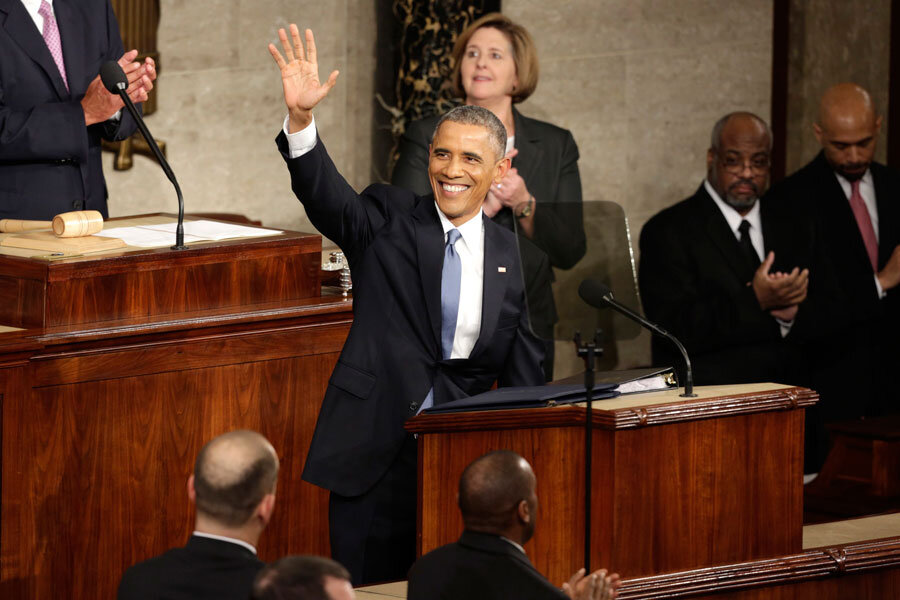How the White House is using Snapchat to build State of the Union hype
Loading...
The White House defined their digital media strategy Monday as centering around “meeting people where they are.” And with more than 100 million active daily users, people are definitely on Snapchat.
In a Monday morning press release, the White House announced the inauguration of a POTUS Snapchat account. The first Official Story “will take you behind the scenes of the White House’s State of the Union preparations, with footage and angles you won’t find anywhere else.”
The White House Snapchat account follows a number of social media initiatives, including a @POTUS Twitter account and President Obama Facebook page, aimed at reaching a younger generation of Americans.
If a young audience is what the White House wants, Snapchat could deliver.
Nearly half of Snapchat's users are between the ages of 18 and 24, according to a December 2014 comScore survey. Snapchat has the greatest percentage of young users among all major social media services, with Tumblr and Vine tying for second place at a distant 28 percent.
Overall, the audience research company suggests 71 percent of Snapchat’s American users are under the age of 34. And Snapchat's demographics likely skew even younger than that, since comScore surveys only acknowledge users over the age of 18. A Pew research study from April 2015 fills in data on the under-18 age group, saying 41 percent of all teens between the ages of 13 through 17 use Snapchat.
The number of viewers watching the president’s annual State of the Union address has decreased from 52.37 million viewers in 2009 to 31.7 million viewers in 2015 – a downward trend the Obama administration hopes to change in its final year.
In a Medium post Sunday, Jason Goldman, White House chief digital officer, announced other digital initiatives by the Obama administration to promote civic engagement, specifically as it pertains to Tuesday’s State of the Union address.
“Around this time each year, our job in the Office of Digital Strategy has been to find new or expanded ways for the American people to engage with the president’s address,” says Goldman. And this year’s social innovations include more than just Snapchat.
For the first time, the president’s State of the Union address will be available to stream on-demand, in real time on Amazon Video, on the White House website, or on the White House YouTube Channel.
“Whether you use a smartTV, web browser, mobile device, or tablet,” says Goldberg, “there’s a way for you to watch the president’s speech as it happens and on-demand.”
The White House has also made transcripts from the president’s last seven addresses available, with an added feature of line-by-line annotations. Readers can click on highlighted passages for a behind-the-scenes look at the history and stories behind each speech. The public can also submit their own annotations for review.
Following the address on Wednesday, viewers can engage with more than 50 administration officials on Twitter, including the first lady and the vice president. American citizens can ask questions on Tumblr, Twitter, Facebook, and Instagram using the hashtag #BigBlockOfCheeseDay (inspired by President Andrew Jackson’s 1837 open house featuring a 1,400-pound block of cheese).
“We believe that by ‘broadcasting’ the State of the Union across social media and streaming video platforms we are helping American citizens connect to the government that serves them,” says Goldberg.








